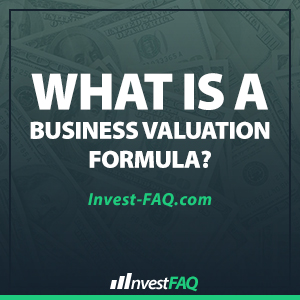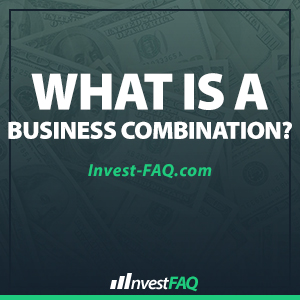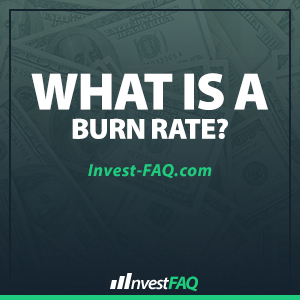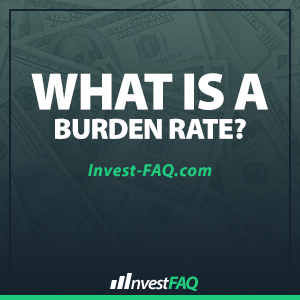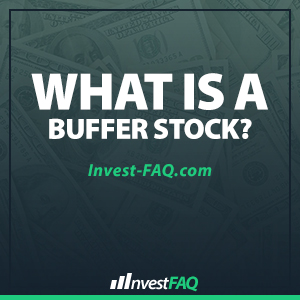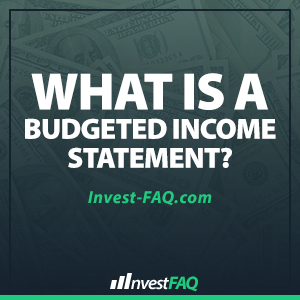Buyout A buyout refers to the purchase of a controlling percentage of a company’s stock or assets, enabling the acquirer to gain control over the company’s operations and decision-making processes. This can occur through various means, such as a single investor, a group of investors, or another company making the purchase. Buyouts are significant transactions
Tag: Investing & Finance Glossary Terms: B
What Is a Business Valuation Formula?
Business Valuation Formula A business valuation formula is a method used to estimate the economic value of an owner’s interest in a business. These formulas can vary significantly depending on the purpose of the valuation, the size of the business, the industry in which it operates, and the specific financial and operational metrics being considered.
What Is a Business Combination?
Business Combination A business combination is a transaction or event in which an acquirer gains control over one or more businesses. This can include mergers, acquisitions, consolidations, or the purchase of assets that constitute a business, allowing companies to expand their operations, enter new markets, or acquire new technologies and skills. Business combinations are strategic
What Is a Burn Rate?
Burn Rate A burn rate refers to the pace at which a company spends its cash reserves, especially in the context of startups and growth-stage companies. It is commonly measured on a monthly basis and is a critical metric for understanding how long a company can operate before it needs to generate additional revenue or
What Is a Burden Rate?
Burden Rate A burden rate is the indirect costs associated with employees, over and above their direct salaries or wages, expressed as a percentage of those salaries or wages. These costs can include payroll taxes, benefits, equipment, and other overhead expenses related to employment but not directly attributed to specific employee productivity. In business, understanding
What Is a Buffer Stock?
Buffer Stock A buffer stock is a reserve of materials or products maintained by a company to protect against unforeseen fluctuations in demand or supply, ensuring that production and sales processes continue smoothly without interruption. It acts as a safeguard against the variability in market conditions, supplier reliability, and other external factors that can disrupt
What Is a Budgeting Procedure?
Budgeting Procedure A budgeting procedure refers to the systematic process an organization follows to create, approve, implement, and review its budget. It encompasses a series of steps designed to ensure that the budget reflects the organization’s goals, resources are allocated efficiently, and financial performance is monitored against set benchmarks. In the business world, a budgeting
What Is a Budgeting Fund?
Budgeting Fund A budgeting fund is a financial reserve set aside by an organization for specific budgetary purposes, aiming to cover future expenses or projects. It acts as a designated pool of money that is earmarked for particular uses, such as capital expenditures, research and development, or emergency contingencies, ensuring that funds are available when
What Is a Budgeted Income Statement?
Budgeted Income Statement A budgeted income statement, also known as a pro forma income statement, is a financial document that forecasts a company’s revenue, expenses, and net income for a future period based on anticipated operations and events. It is an essential part of the budgeting process, helping businesses to plan for profitability by estimating
What Is a Budgeted Balance Sheet?
Budgeted Balance Sheet A budgeted balance sheet is a financial statement that projects a company’s financial position at a future date, based on its budgeted activities and assumptions for a specific period. It outlines expected assets, liabilities, and equity, reflecting the financial impact of the company’s budgeted operations, investments, and financing activities. In business, a


